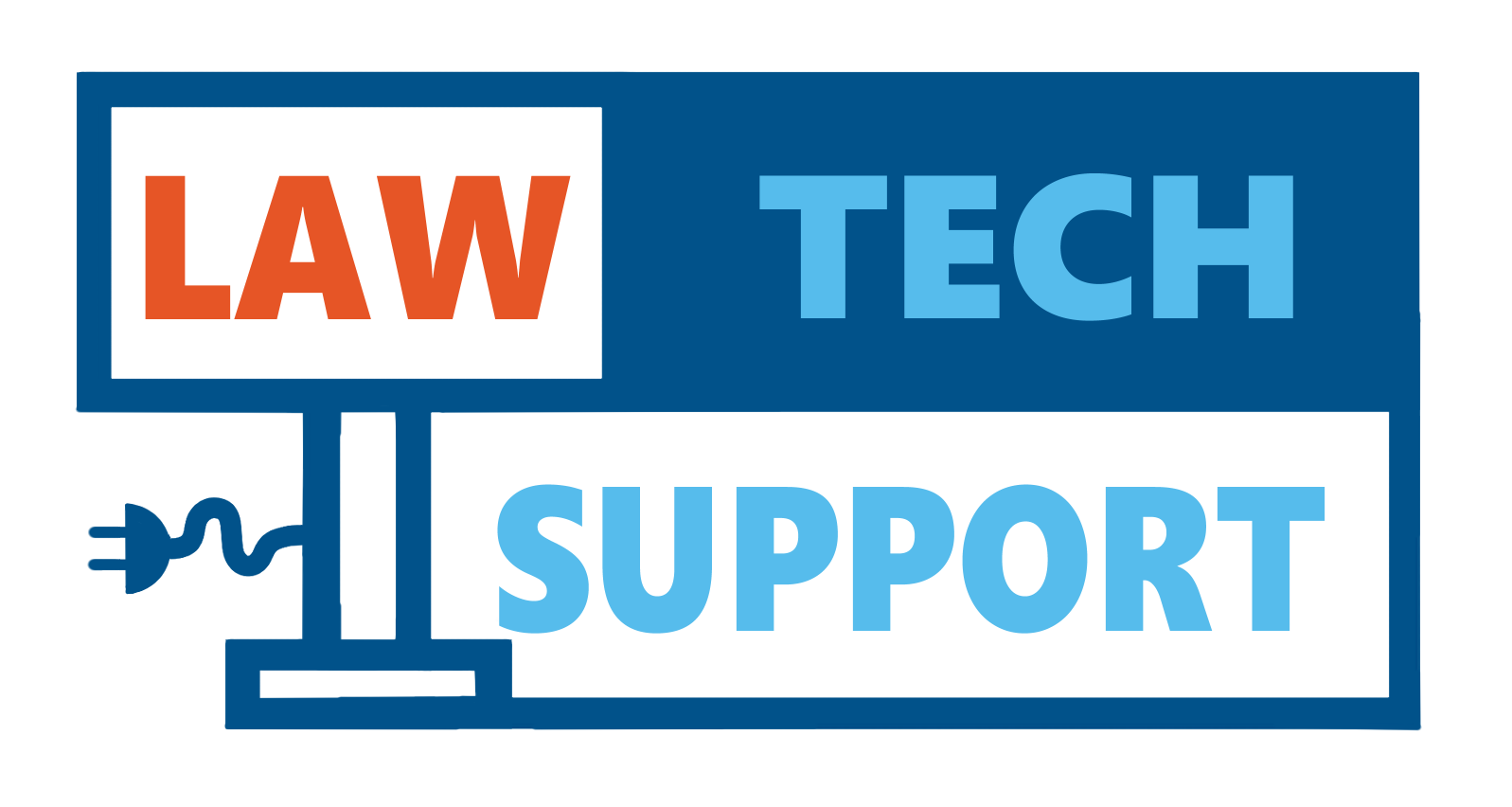LawTech@Pepperdine.Edu Knowledge Base
Empowering Law School Success Through Seamless Technology Support
Key Resources
Legal Tech Trends
Explore the latest advancements and trends shaping the legal industry.
Learn More →Latest Articles
Launch Week Video on Technology
Please click here to watch the video on Technology services available to students at Caruso Law School. If you’d like to see the slide show that is embedded in that video click here.
How to Not Miss Important E-Mail Messages!
As a student at Caruso Law, you will find that there are a number of essential, critical, and/or otherwise consequential messages that are sent to your Pepperdine student email account by members of the Caruso Law administration team over the course of the school year. Also note that your Pepperdine email will also often contain […]
Microsoft Office Suite – Office 365 is FREE to Students
The Microsoft Office suite is a family of software that delivers almost any tool imaginable to assist users at home and in business. Here, Pepperdine Caruso Law IT helps break down the different applications available. NOTE: We always recommend that you INSTALL and USE the local copy of MS Word (actually install it on your […]
Graduation and Email
Hurray! You’ve graduated (or will soon graduate) from Pepperdine Caruso School of Law! The last thing on your mind is your Pepperdine Email account, but there are some things you need to know… NOTE: Pepperdine offers a special Alumni-only email service provided by Google. You will want to use a personal email address going forward. […]
Turning Off Private Browsing MAC
When using Pepperdine’s Wifi network, make sure to turn off private browsing MAC for the best experience. Instructions for iOS Apple Android For Android devices find Wi-Fi in your settings. It will be under a tab called “Connections” or “Networks.” Once you find Wi-Fi, tap on it. To the right of ‘pepperdine’ there should be […]
Laptop/Travel Preparation – Law Faculty
If you are planning a trip and will bring your university laptop with you, there are a few things you should do before you get too far along in your planning: Contact the Information Services Team to schedule a pre-trip checkup of your university laptop If you are going out of the country, you may […]
When I need Zoom Support …
If I have technical difficulty with Zoom what do I do? Test your computer with Zoom before class. Check out the audio and video settings. If you have problems, the first thing to do, is to completely shut down your computer and restart. Most computer problems are corrected with this remedy. Before you begin your […]
Register for Wireless Network Access
Pepperdine University has wireless networking capabilities throughout the Malibu campus as well as at the other Pepperdine campuses. Students can conduct research, download research projects, and check e-mail within the accessible area. For those students considering a new laptop purchase please review our recommendations page here. You can easily access the WiFi network on your […]
